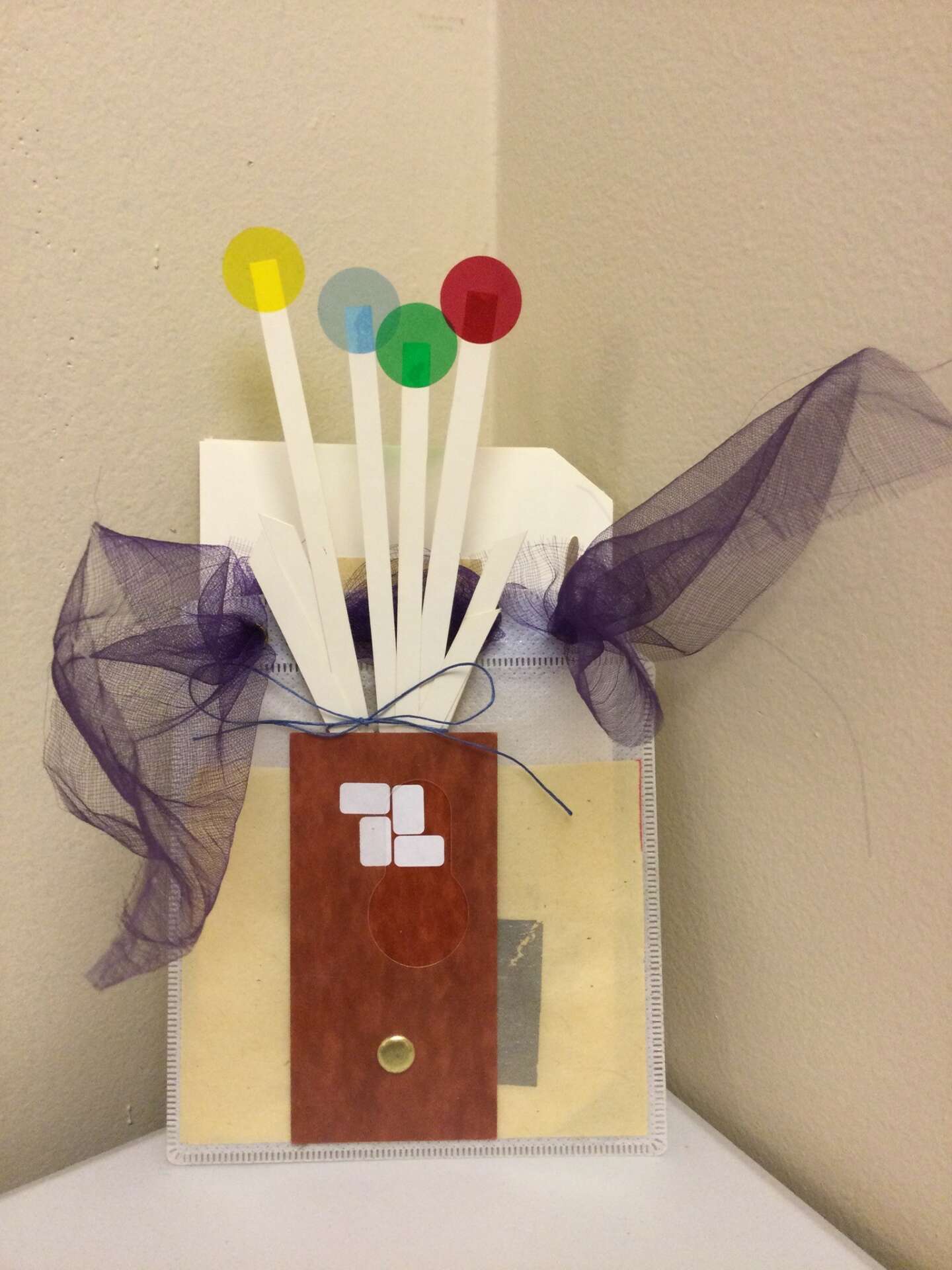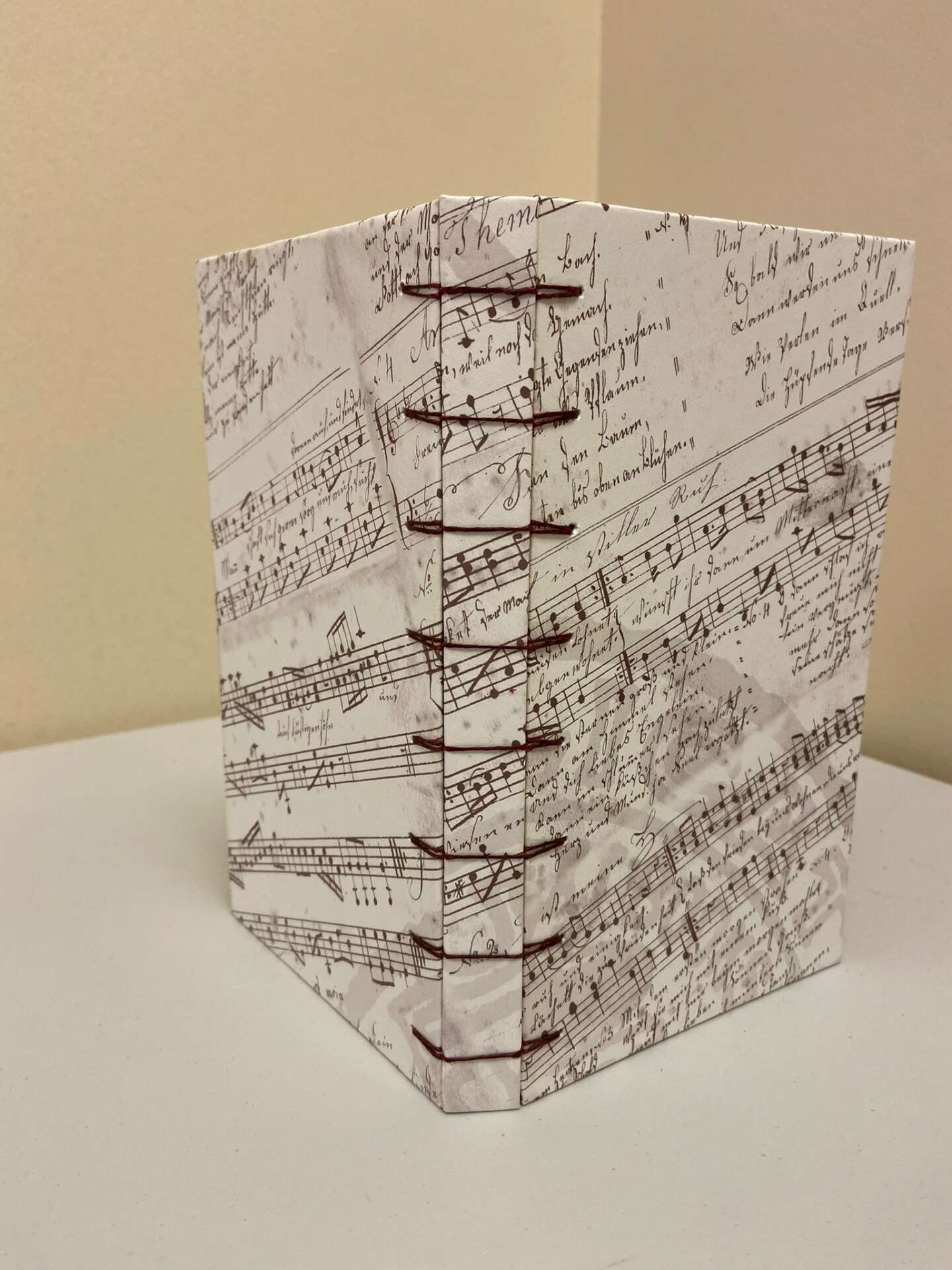We’re excited to introduce you to the always interesting and insightful Judith Favia. We hope you’ll enjoy our conversation with Judith below.
Judith, looking forward to hearing all of your stories today. How did you learn to do what you do? Knowing what you know now, what could you have done to speed up your learning process? What skills do you think were most essential? What obstacles stood in the way of learning more?
I was working full time as a project manager for a marketing firm, 80 hour workweeks and heavy travel. The advice to destress almost always includes starting a hobby or taking a class. Minneapolis has an excellent center for book arts, so I signed up for a class in the late 1980s. I really enjoyed it and over the next 20 years, I continued to take classes when I could. When I left the corporate world and was working for a non-profit, it was easier to fit in classes but I never thought of myself as an artist.
Fast forward to moving to moving “south of the river” to Eagan MN, where I met a group of working artists who were creating a community that included a broad set of artistic mediums. I was retired and able to spend a lot more time on my books, with substantial encouragement from others. The only way to really develop an artistic skill is to do lots of projects with lots of failures so I learned more by participating in exhibits and starting to sell my work. I read technical and historical information on books, but honestly, time and experience were the critical elements in learning my craft.

Great, appreciate you sharing that with us. Before we ask you to share more of your insights, can you take a moment to introduce yourself and how you got to where you are today to our readers.
I primarily make blank books and what are called “artists’ books” which are more like sculptures. I think of blank books as a collaboration between myself and the person receiving them. Whether they are used as a sketchbook, journal, project planner, or whatever, they become a finished project when they are used. I am always sad when someone says that a book is too lovely to use. I want them to be an invitation for creativity not something to live on a shelf.
Artists’ books are quite different. They can be barely identifiable as a book, or be a completed story, or a highly personal collage. Surprisingly, my artists’ books often sell better than my blank books, perhaps because they demand less from the owner. If you are having trouble imagining this kind of book, think of a paper airplane, an accordion folded paper or a letter folded into tiny squares. Not a “book book” as we know it but definitely within the world of book arts.
While I do take commissions, I generally allow my own interests and inspiration to guide what I create, and hope that people will be interested in my creations.



What can society do to ensure an environment that’s helpful to artists and creatives?
Artists need time and space to allow ideas to develop and projects to be completed. While novelists may be able to write in the wee hours of the morning, more physical art forms (ceramics, painting, sculpture, video, printmaking and of course, bookmaking) require supplies and space to work. Art coops supported by local governments can help provide that with grants and exhibits like art fairs. One key is to honor creative work and not relegate it to hobbies or home crafts, only suitable for children.



Is there a particular goal or mission driving your creative journey?
I want my blank books to be a platform for emerging creativity by the owner. Down with perfectionism, the cries of “I’m not creative,” the need for detailed instructions and the constant internal criticism. Art is play. It is spontaneous. We develop skills as we tackle new challenges, and every failure to meet your vision is a master class.




Contact Info:
- Instagram: @Jeflists
Image Credits
Judith Favia


